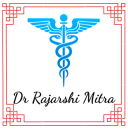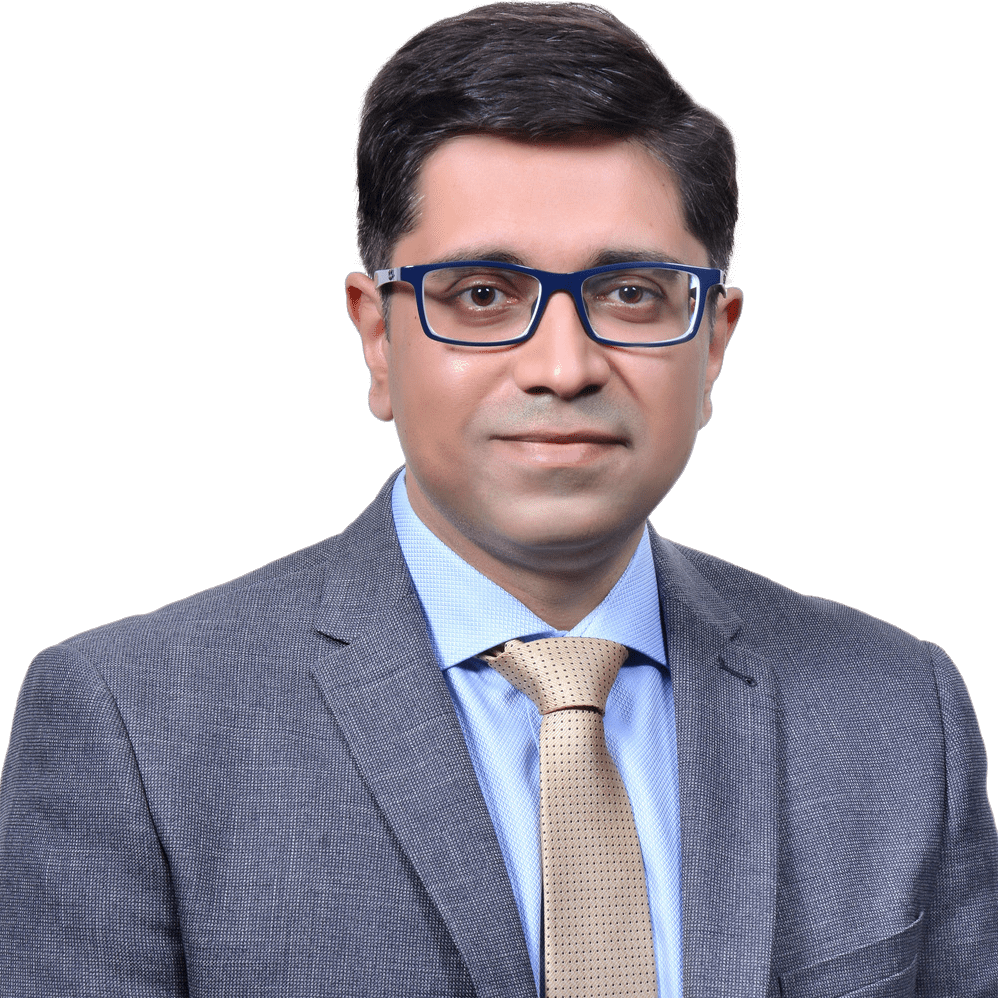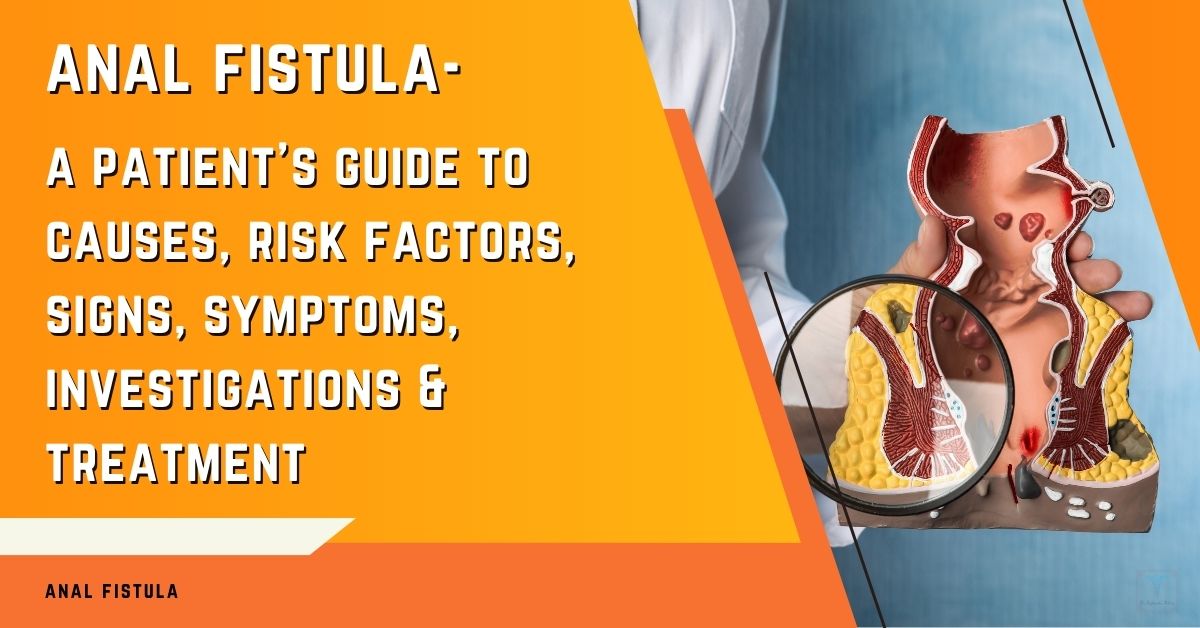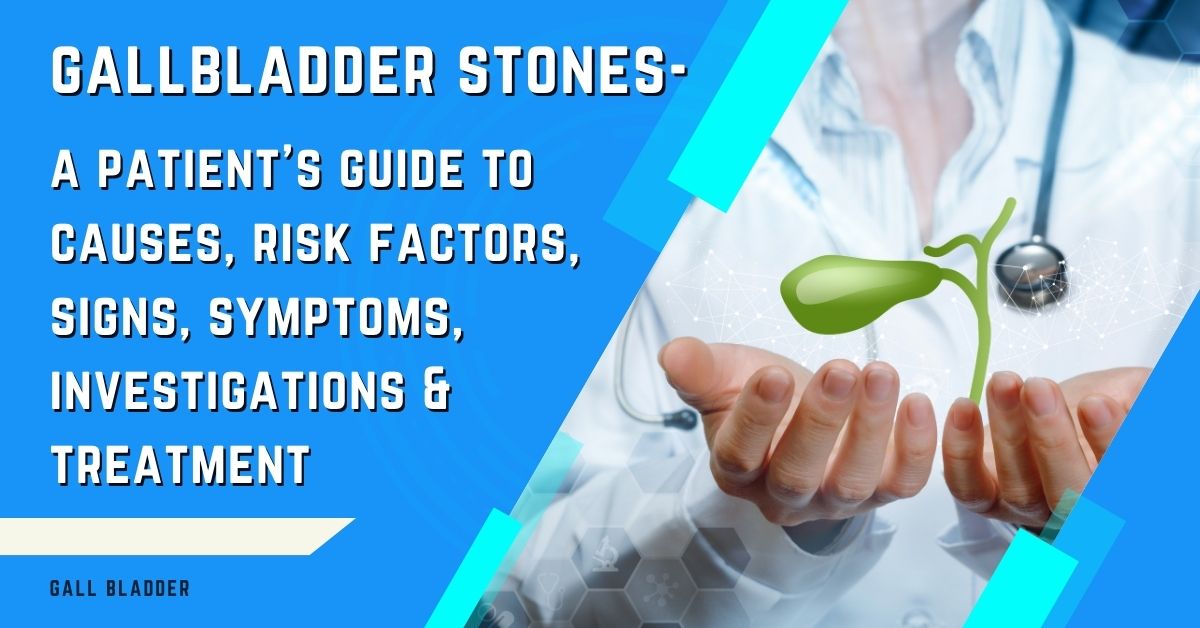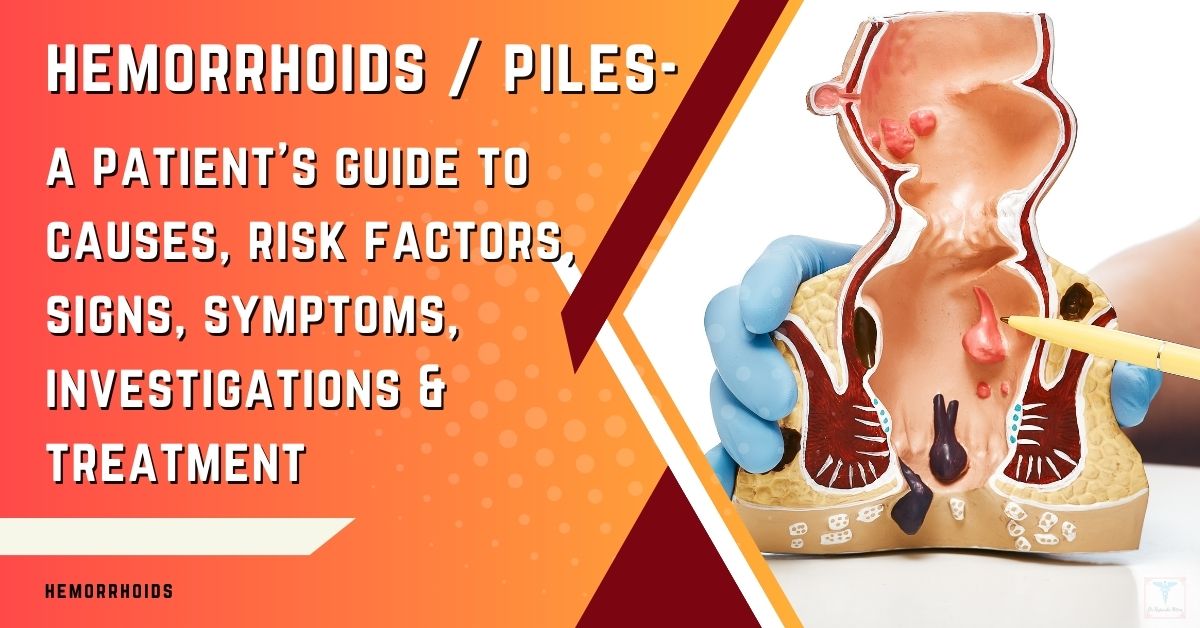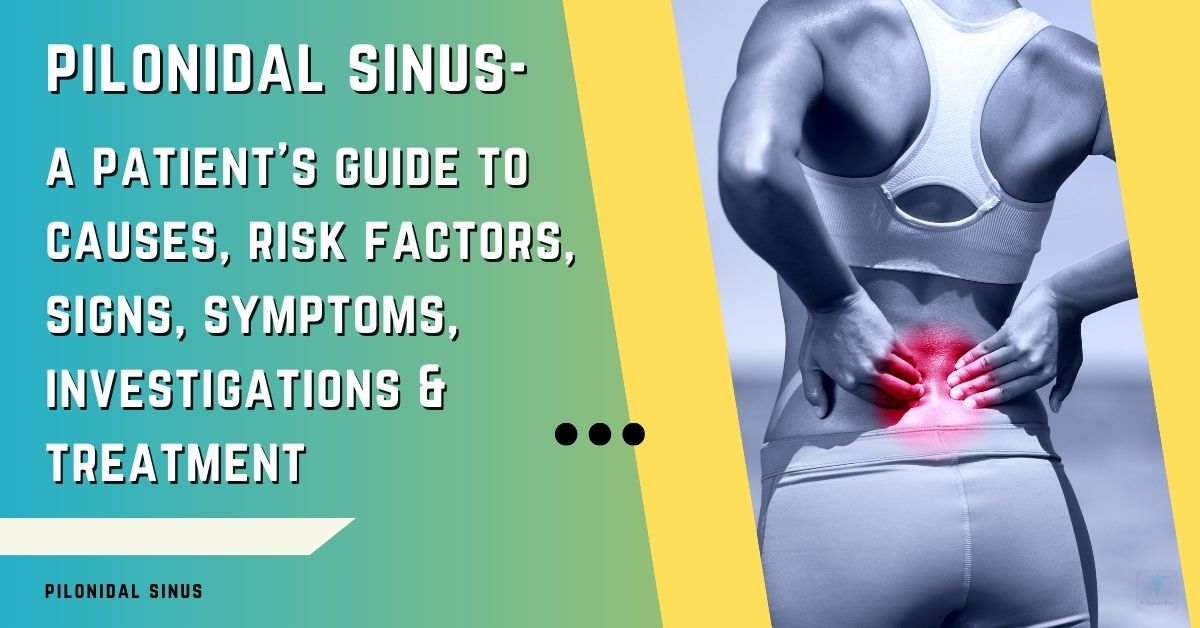Cholecystitis, an inflammation of the gallbladder, is a condition that can range from mild discomfort to a serious medical emergency. Often triggered by gallstones obstructing the bile duct, cholecystitis can cause significant pain and other distressing symptoms.
While many cases are manageable with timely medical intervention, it is absolutely crucial to recognize the emergency signs that signal the need for immediate medical attention. These signs can quickly escalate, potentially leading to severe complications, thus making early diagnosis and prompt treatment paramount.
If you or someone you know in Abu Dhabi is experiencing symptoms suggestive of gallbladder problems, it is important to know when to seek emergency care. Delaying treatment could lead to severe complications that could be avoided by being attentive to the body’s warning signs.
I am Dr. Rajarshi Mitra, FACS, a Specialist Laparoscopic Surgeon with more than 20 years of experience, and I am dedicated to providing the highest standards of surgical care in Abu Dhabi. My expertise lies in minimally invasive surgical techniques such as Laparoscopic Cholecystectomy, which can offer effective treatment with minimal recovery time for many conditions of the gallbladder.
Through this article, I aim to help the residents of Abu Dhabi understand the critical emergency signs of Cholecystitis and empower them to make informed decisions about their health.
Understanding Cholecystitis
What is Cholecystitis?
Cholecystitis is a medical term that refers to the inflammation of the gallbladder, a small, pear-shaped organ located beneath the liver in the upper right abdomen. The gallbladder’s primary function is to store and concentrate bile, a digestive fluid produced by the liver.
When the gallbladder becomes inflamed, it can cause a range of symptoms, from mild discomfort to severe pain and other complications.
The most common cause of cholecystitis is gallstones.
These hard, pebble-like deposits can form within the gallbladder and, if they move to obstruct the cystic duct (the tube through which bile travels out of the gallbladder), they can cause a backup of bile, leading to inflammation.
While gallstones are the primary culprit, other factors, such as tumors, infections, and in rare cases, reduced blood supply to the gallbladder can also contribute to cholecystitis.
Understanding these causes is vital for both preventing the condition and for promptly recognizing its symptoms when they occur.
For more information about cholecystitis, you can refer to the National Institute of Diabetes and Digestive and Kidney Diseases (NIDDK).
Why Early Recognition of Emergency Signs Matters
Early recognition of the emergency signs of cholecystitis is critical because untreated inflammation can quickly escalate into serious and potentially life-threatening complications. If cholecystitis is not diagnosed and treated in time, it can lead to several adverse outcomes such as:
- Gallbladder Rupture:
In severe cases, the inflamed gallbladder can rupture, causing bile and possibly infection to spill into the abdominal cavity, leading to peritonitis.
- Infection:
An inflamed gallbladder can become infected, resulting in a condition called empyema, which can be difficult to treat.
- Pancreatitis:
If a gallstone passes into the common bile duct and blocks it near the pancreas, it can trigger inflammation of the pancreas (pancreatitis)
- Sepsis:
In severe cases, infection from cholecystitis can spread to the bloodstream causing sepsis, a life-threatening condition.
Prompt medical intervention is essential to prevent these complications. By seeking timely care, individuals with cholecystitis can receive appropriate treatment, which may include antibiotics, pain management, and, in many cases, surgery to remove the gallbladder (cholecystectomy). This is why being vigilant about the warning signs and knowing when to seek immediate medical care is of utmost importance.
Recognizing Emergency Signs of Cholecystitis

It’s vital to be aware of the specific symptoms that indicate a cholecystitis emergency. These symptoms can vary in intensity, but any of these signs should be taken seriously. Here are the key emergency signs to look out for:
Severe Abdominal Pain
One of the hallmark signs of acute cholecystitis is severe abdominal pain. This pain is typically located in the right upper quadrant (RUQ) of the abdomen, which is the area under your ribs on the right side.
The pain can start gradually but tends to intensify over time. It is often described as a sharp, constant pain, rather than a dull ache that comes and goes. It can be severe enough to prevent comfortable movement or even breathing deeply.
The pain may sometimes radiate to the right shoulder or back. It’s important to note that while some discomfort might be normal, pain that becomes progressively worse warrants immediate medical evaluation.
Persistent Nausea and Vomiting
Nausea and vomiting are common symptoms that can accompany cholecystitis. However, in an emergency situation, these symptoms are often persistent and severe. While many might experience occasional nausea, the nausea associated with cholecystitis is often unrelenting and is not relieved by common remedies such as antacids.
The vomiting may also be different than usual in that it may be difficult to keep down fluids or food. This inability to tolerate oral intake can lead to dehydration and further complicate the situation. Persistent nausea and vomiting, especially when accompanied by severe abdominal pain, is a clear indication that immediate medical help is necessary.
High Fever and Chills
A high fever, typically above 38°C (100.4°F), accompanied by chills is a significant sign that an infection may be present within the gallbladder. This occurs when bacteria infect the inflamed gallbladder, worsening the condition. In such cases, you may feel shaky, and cold, and have periods of sweating, often alternating with periods of feeling feverish.
It’s essential to measure your body temperature accurately. Use a reliable thermometer and take your temperature orally, rectally, or under your armpit. The presence of fever and chills signifies a serious infection and indicates the need for prompt medical care.
You can find more information on how to measure body temperature on the Mayo Clinic website.
Jaundice
Jaundice is a condition characterized by a yellowing of the skin and the whites of the eyes. It occurs when there is a buildup of bilirubin, a yellow pigment produced during the normal breakdown of red blood cells.
In the context of cholecystitis, jaundice indicates that the bile flow is obstructed or blocked, and the bile is backing up into the bloodstream. This blockage may be due to a gallstone lodged in the bile duct.
Jaundice is a serious sign and it should not be ignored. It’s an indication of significant obstruction or infection and suggests that you should seek immediate medical care.
Tenderness in Right Upper Abdomen
Tenderness in the right upper abdomen is another important sign to watch for in cholecystitis. This tenderness is typically present when the inflamed gallbladder is palpated or pressed upon.
It can also include the phenomenon of rebound tenderness, which is when the pain is worse when the pressure is suddenly removed than when pressure is applied.
Another sign can be muscle guarding, when the abdominal muscles become tense in response to pressure or pain. To gently palpate your own abdomen, place your fingers gently over the right upper quadrant and apply light pressure. If this causes sharp pain or increases discomfort, it is important to seek medical advice.
These are the primary emergency signs of cholecystitis. Any combination of these symptoms, especially severe abdominal pain coupled with fever, vomiting, or jaundice, should prompt you to seek immediate medical attention.
When to Seek Immediate Medical Care

It’s crucial to understand that cholecystitis, especially in its acute phase, can progress rapidly. Recognizing when your symptoms warrant immediate medical intervention is critical for preventing serious complications and ensuring the best possible outcome.
The Urgency of Symptoms
As discussed earlier, the symptoms of emergency cholecystitis – such as severe abdominal pain, persistent nausea and vomiting, high fever and chills, jaundice, and tenderness in the right upper abdomen – are not to be ignored.
It’s vital to emphasize that any of these symptoms, or any combination thereof, warrants immediate medical evaluation. Do not wait to see if symptoms improve on their own, as this delay can be dangerous.
Delaying treatment can lead to a range of severe complications, as we discussed in the “Understanding Cholecystitis” section. These can include gallbladder rupture, infection, pancreatitis, and even sepsis—all of which can be life-threatening.
Therefore, acting quickly at the first sign of these symptoms is paramount for a successful recovery.
When To Go To Emergency Room
In cases of severe cholecystitis symptoms, such as intense abdominal pain, significant difficulty in keeping down any fluids, a high fever with chills, or jaundice, it is important to seek immediate emergency care. You should go to the nearest emergency room immediately.
In some cases, you might need to call for an ambulance to take you to the ER, especially if the pain is too severe to drive yourself, or if you feel very unwell.
If you are in Abu Dhabi, familiarize yourself with the location of the nearest emergency room. It’s always best to err on the side of caution when it comes to symptoms like these.
A timely assessment can help prevent severe complications and improve the treatment outcome significantly.
Importance of Consulting a Specialist
While seeking immediate care in an emergency room is vital, it is equally important to follow up with a specialist for the most appropriate treatment and long-term care. If your symptoms persist or worsen after initial treatment at the hospital, or if you have been diagnosed with cholecystitis and need further evaluation, it is essential to consult with a specialist, such as a laparoscopic surgeon.
As a Specialist Laparoscopic Surgeon in Abu Dhabi, I, Dr. Rajarshi Mitra, am dedicated to providing the highest standards of surgical care to the residents of this city. I utilize advanced minimally invasive techniques, such as laparoscopic cholecystectomy (gallbladder removal), which is often the gold standard treatment for cholecystitis. The benefits of this approach include smaller incisions, less post-operative pain, shorter hospital stays, and quicker return to daily activities.
If you’re looking for an experienced and skilled surgeon in Abu Dhabi, please feel free to reach out for a consultation. Timely consultation with a specialist can make a significant difference in your recovery and long-term gallbladder health.
What to Expect at the Hospital
When you seek medical care for suspected cholecystitis, understanding the process and what to expect can help alleviate some anxiety. Here’s a breakdown of what typically happens at the hospital:
Initial Evaluation & Diagnosis
Upon arrival at the hospital, the medical team will conduct a thorough initial evaluation. This will include:
- Physical Examination and History Taking:
The doctor will begin by taking a detailed history of your symptoms, including when they started, their nature, and any relevant medical history. A physical exam will follow, which will include palpating your abdomen, checking for tenderness in the right upper quadrant, and assessing your overall condition. This initial assessment helps determine the urgency and severity of your situation.
- Blood Tests:
Blood tests are crucial in diagnosing cholecystitis and assessing the extent of infection. These tests typically include a complete blood count (CBC) to check for signs of infection, liver function tests (LFTs) to evaluate liver and bile duct function, and inflammatory markers. Elevated white blood cells, liver enzymes, or inflammatory markers are often indicative of cholecystitis.
- Imaging Studies:
Imaging plays a vital role in confirming the diagnosis and ruling out other potential conditions. An abdominal ultrasound is often the first imaging study performed, as it is non-invasive and can quickly visualize the gallbladder and identify gallstones or inflammation. In some cases, additional imaging, such as a CT scan or an MRI, might be required to get a more detailed view of the gallbladder and surrounding structures.
Treatment Options
Once the diagnosis of cholecystitis is confirmed, the medical team will initiate appropriate treatment, which may include:
- Intravenous Fluids, Pain Relief, and Antibiotics:
The initial treatment focuses on stabilizing your condition. You will likely receive intravenous fluids to combat dehydration, pain relief medications to alleviate discomfort, and antibiotics if there’s evidence of infection. These measures aim to reduce inflammation, manage pain, and combat any bacterial involvement.
- Surgical Options (e.g., Laparoscopic Cholecystectomy):
If the condition does not improve with conservative treatment, or if it is deemed severe, surgery might be necessary. The gold standard surgical treatment for cholecystitis is often laparoscopic cholecystectomy, which is a minimally invasive procedure to remove the gallbladder.
In this surgery, small incisions are made in the abdomen, and the gallbladder is removed using specialized instruments. This procedure is preferred for its reduced recovery time, minimal scarring, and lower risk of complications.
In a few instances, if the laparoscopic approach is not suitable, an open surgical approach might be required.
Importance of Follow-up
After the initial treatment and/or surgery, it’s important to have follow-up care for complete recovery. This includes:
- Need for Ongoing Care: Following surgery or treatment, it’s essential to adhere to your doctor’s instructions. You may need to take medications and monitor your symptoms. Follow-up appointments are scheduled to monitor your progress, ensure there are no complications, and to address any concerns you might have.
- Brief Discussion on Recovery Time: The recovery time after treatment or surgery can vary. For laparoscopic cholecystectomy, most patients can return to their regular activities within a few weeks. However, full recovery can take a bit longer, depending on your overall health and other conditions you may have.
Your surgeon will give you personalized instructions to follow for a smooth recovery. In some cases, further investigations may be required after the surgery, to ensure complete recovery.
Following your medical team’s instructions, attending all follow-up visits, and listening to your body are key to a successful recovery.
If you are in Abu Dhabi and need any specialist care, you may want to get in touch for a consultation.
Prevention and Future Care
While not all cases of cholecystitis can be prevented, certain lifestyle modifications and regular checkups can significantly reduce your risk and help manage the condition if you’ve had it before.
Lifestyle Modifications
Making healthy lifestyle choices can play a key role in reducing your risk of gallstone formation, a leading cause of cholecystitis.
Here are some recommendations:
- Dietary Changes to Reduce Gallstone Formation:
Diet is believed to be a critical element in the prevention of gallstones. Some of the important modifications you can make to your diet include:
- High Fiber Diet: Increasing your intake of fiber-rich foods, such as fruits, vegetables, legumes, and whole grains, can help improve bile flow and reduce the risk of gallstone formation.
- Healthy Fats: Reduce consumption of saturated and trans fats. Instead opt for healthier fats such as those found in nuts, seeds, avocados, and olive oil.
- Avoid Rapid Weight Loss: Rapid weight loss can increase the risk of gallstone formation. It’s advisable to lose weight gradually through a balanced diet and regular exercise.
- Smaller, Frequent Meals: Instead of having 2-3 large meals per day, try having smaller more frequent meals so that bile is released more often.
- Hydration: Drinking plenty of water every day is important for overall health, including bile production and reducing the risk of gallstone formation.
- Limit Processed Foods: Reduce your intake of processed foods and sugary items. They are often high in unhealthy fats and refined carbohydrates, which can contribute to gallstone formation.
- Importance of Weight Management: Maintaining a healthy weight is essential, not just for preventing gallstones, but also for your overall health. Obesity, especially in combination with high cholesterol and diabetes, can increase your risk of developing gallstones.
If you are overweight or obese, losing weight gradually through a balanced approach can be beneficial. Combining a healthy diet with regular exercise is the most effective strategy for weight management.
If you have trouble losing weight on your own, consult a healthcare professional to help you create a personalized weight management plan.
Regular Checkups
Regular checkups are essential for anyone, and particularly so for those who have a history of cholecystitis or risk factors.
These checkups will help you in the following ways:
- Need for Routine Monitoring: If you’ve had cholecystitis before, or if you have an increased risk, routine monitoring is critical. You should discuss the frequency of your checkups with your doctor.
Regular blood tests can help track liver function and monitor any changes that may indicate a new issue. Also, imaging studies, like an abdominal ultrasound, can be recommended in cases of prior cholecystitis, to monitor for the recurrence of gallstones.
These regular checkups will help in the early identification of problems so that appropriate measures can be undertaken to reduce the risk of complications.
By adopting these preventative measures and staying vigilant about your health, you can significantly lower your risk of developing cholecystitis or manage it effectively if it recurs.
Remember that regular communication with your healthcare provider is essential in maintaining your overall well-being.
If you are in Abu Dhabi and need any specialist care, please feel free to reach out to my office for a consultation.
Conclusion
In summary, understanding the emergency signs of cholecystitis is vital for ensuring timely medical intervention and preventing serious complications.
The key emergency signs to watch out for include:
- Severe abdominal pain, particularly in the right upper quadrant, that intensifies over time.
- Persistent nausea and vomiting, where you are unable to keep fluids down.
- High fever and chills, indicating a potential infection.
- Jaundice, which manifests as yellowing of the skin and eyes.
- Tenderness in the right upper abdomen, possibly accompanied by muscle guarding and rebound tenderness.
It is of utmost importance to reiterate that any of these symptoms, or a combination thereof, warrants immediate medical attention. Delaying treatment can have severe and potentially life-threatening consequences, such as gallbladder rupture, severe infection, pancreatitis, or even sepsis. Your health is too valuable to risk by waiting to see if your symptoms will go away by themselves.
As a Specialist Laparoscopic Surgeon in Abu Dhabi, I, Dr. Rajarshi Mitra, am committed to providing the highest standards of surgical care to the community. With over 20 years of experience, and as a Fellow of the American College of Surgeons (FACS), I have the expertise to treat conditions of the gallbladder with precision and care. I utilize advanced, minimally invasive techniques, including laparoscopic cholecystectomy, to ensure the best possible outcomes for my patients.
If you are experiencing any of the emergency signs of cholecystitis, or if you have been diagnosed with the condition and are seeking expert medical care, please do not hesitate to reach out.
Contact Details and Practice Information
If you are experiencing symptoms of gallbladder issues, you can book an appointment with Dr. Mitra for expert consultation and care, using the following contact information:
Website: https://drrajarshimitra.com/appointment/
Phone: +971-509542791
Email: surgeon@drrajarshimitra.com
Address: https://openmylink.in/CAubp
NMC Specialty Hospital, Department of Surgery, Zayed The First St – Zone 1 – Abu Dhabi – United Arab Emirates.
Your health is my priority, and I am here to guide you through your care journey.
References
By Dr. Rajarshi Mitra, Specialist Laparoscopic Surgeon, Abu Dhabi, UAE
Disclaimer: This article is intended for informational purposes only and should not be considered medical advice. Always consult with a qualified healthcare professional for diagnosis and treatment.
